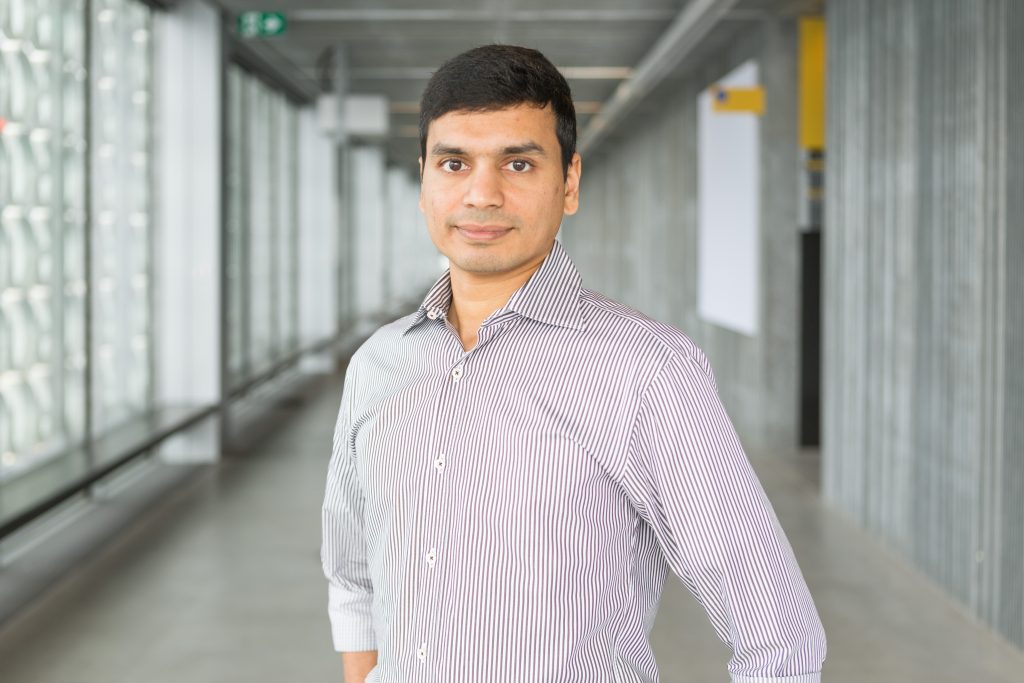12th ANFF-VIC Tech Ambassador announced

RMIT University’s Assoc Prof Sharath Sriram has been announced as a new ANFF-VIC Technology Ambassador, joining 11 other leaders in their respective fields as champions for the open-access network of micro- and nano-fabrication capabilities.
Sharath and his team focus on discoveries in materials science and device engineering at the convergence of electronics, applied physics, and physical chemistry. They draw on expertise in micro/nanofabrication, thin films synthesis, materials characterisation, condensed matter physics, surface chemistry, and electronic engineering.
Sharath and his team are long term users of ANFF-VIC and MCN, relying on the network’s expertise in nanoelectronics, nanophotonics, and terahertz technology.
Current research activities include:
- Oxygen-deficient functional oxide thin films
- Nanoscale and neuromorphic devices and circuits
- Stretchable and flexible devices
- Nanoelectronic materials and technologies
- Nanophotonic devices and circuits
- Terahertz metasurfaces and devices
“In all our work, we engineer new functionalities in thin film materials and incorporate these into micro/nano-scale devices,” Sharath explained. “To effectively harness the functionality of these novel materials, their integration into devices has to be well designed, to account for the chemical and physical attributes that render them functional. Through this we make phase-change materials, dielectrics with extreme or tunable properties, and ultra-thin materials.”
Since the TA scheme was initiated in 2011, Ambassadors have been selected from a broad range of disciplines, each with their own unique demands for micro/nanotechnology.
In addition to their core research activities, ANFF-VIC TAs use their considerable expertise to create new processes that benefit the ANFF-VIC user community and undergo in-kind cooperative activities reflecting the current and emerging needs of researchers in their respective fields.
In Sharath’s case, this in-kind contribution will involve the development of new wafer bonding techniques and pushing the boundaries of MCN’s NanoFrazor capability.


